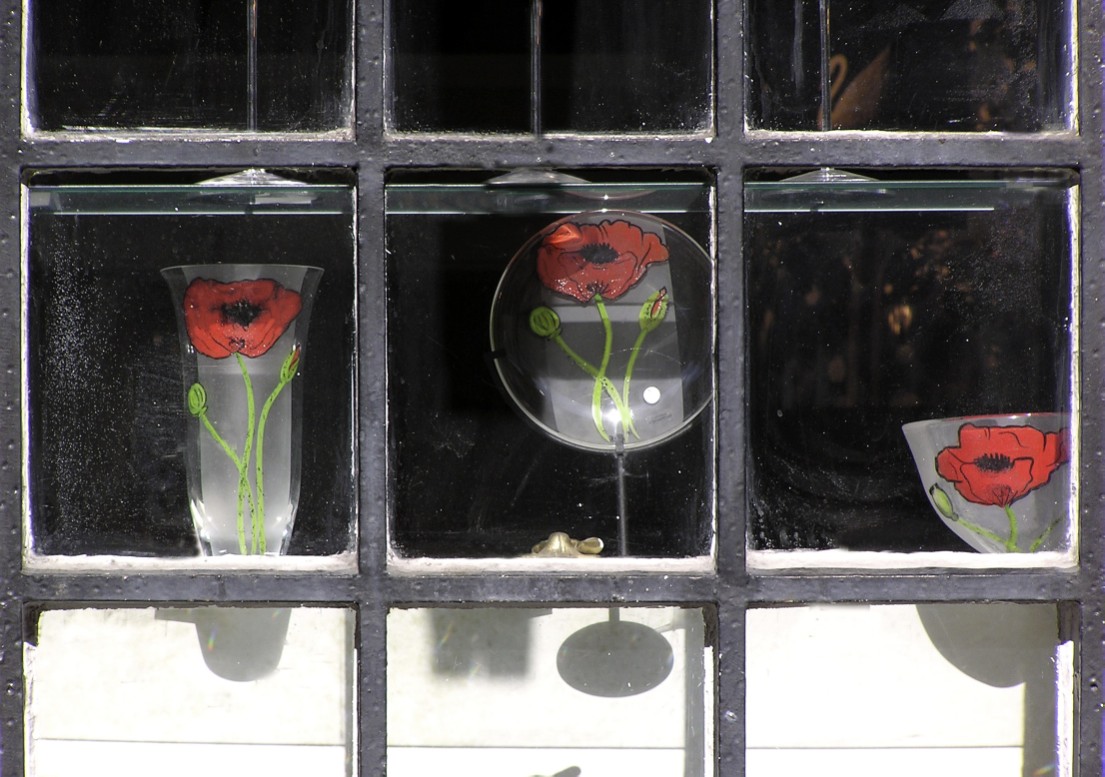
Furthermore, we know that the consumption of food (even if it is only a sip of tea) is conducive to relaxation and comradery. When we eat food, our parasympathetic system is triggered which counters the vigilance and fight/flight stance of the sympathetic system. Jacqueline helped Michael relax and reflect on his “wars” with difficult customers. With the assistance of tea and sympathy (offered by Jacqueline), Michael’s battles were softened and he was able to find both “forgiveness” (for his anger) and new learning (with Jacqueline’s mentoring). The perfect positive storm of sanctuary washed over him, and left Michael refreshed for another day of challenging work.
10. Learning about group processes, as they are being experienced, helps to increase awareness (enlarging quadrant one) for the group as a whole as well as for individual members.
The group has its own four quadrants. We often must engage changes in the group’s dynamics before attempting changes in the dynamics operating in the psyche of individual group members. Role suction, in particular, is likely to operate–with dynamics of the group playing out in the personal psyche of specific group members.
Group processes are most effectively engaged when there is respect for and openness to three different perspectives regarding these processes. For the American school perspective, the individual members of a group each makes a judgment from moment to moment regarding the extent to which the overall level of trust in the group is sufficiently high to warrant their disclosure of certain information (Quad Three) and their openness to receiving certain information from other group members (Quad Two).
The British/Tavistock perspective provides insight into how the group as a whole tends to operate. Individual members of the group collude with one another in supporting certain “myths” and assumptions about the purposes of the group, the role to be played by specific group members, and the way in which and purposes for which leadership should be engaged. This second perspective is particularly valuable as a key that opens the fourth quad of each member and brings about the movement of quad four content into quad three.
Under the effective facilitation provided by a Tavistock trainer, there can even be the movement of quad three material into quad one (to be shared with other group members). Effective facilitation also enables members of a group to gain insights about how other members see them (accurately or inaccurately) in specific group-constructed roles. If shared, this quad two material can be unique and valuable for those participating in a Tavistock session – especially if they are subject to bias and stereotyping in their relationships out in the “real” world.









